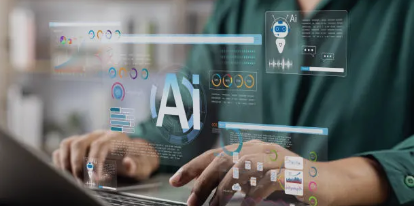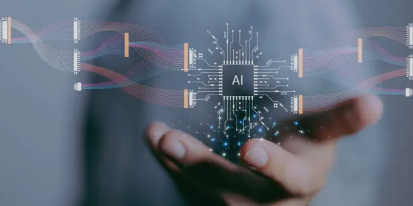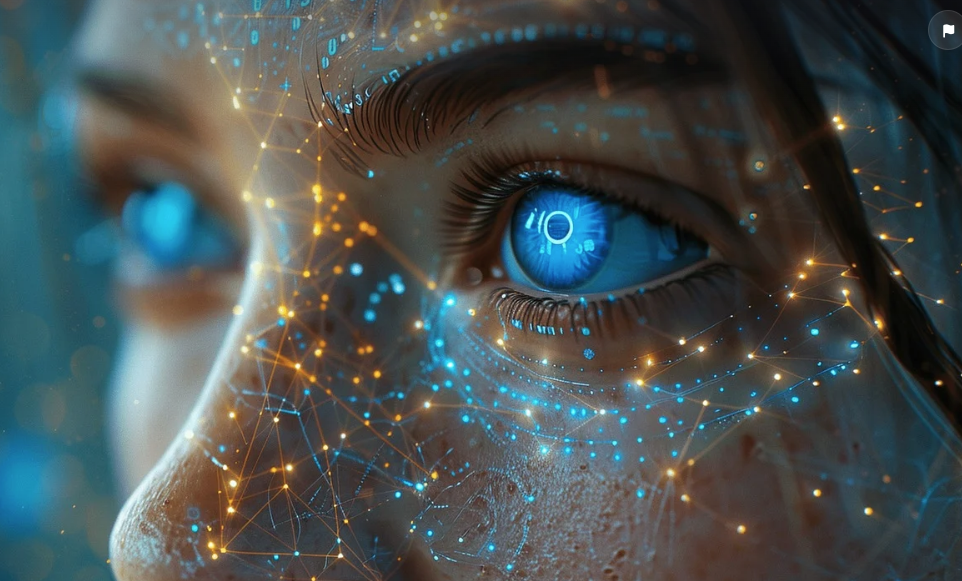
Artificial intelligence, or AI, has become a game-changer in many fields, and web design is no exception. Think about it: just a few years ago, web design was a manual, meticulous process requiring hours of skilled labor. Today, AI is transforming how websites are conceptualized, designed, and maintained.
Modern web design is evolving rapidly, and we’re witnessing a significant shift towards more intelligent, intuitive, and individualized user experiences. Gone are the days when a website was just a static billboard on the internet. Now, it’s all about creating an engaging and interactive experience for users. AI plays a pivotal role in achieving this, making it smoother and more efficient.
For starters, AI helps in understanding user behavior better than ever before. By analyzing how users interact with websites, AI can provide insights that help designers create more effective layouts, content placements, and design elements. This means more personalized, user-friendly websites that can adapt in real-time to user preferences.
Another significant aspect of AI is its ability to automate repetitive tasks. This doesn’t just save time; it allows designers to focus on more creative and strategic parts of their job. Instead of manually tweaking every detail, they can rely on AI to handle things like image sizing, template creation, and even color schemes.
The synergy between AI and modern web design is all about leveraging technology to create better, more engaging websites. AI brings efficiency, personalization, and enhanced user experiences to the table, making it an indispensable tool for today’s web designers.
How Artificial Intelligence is Shaping Web Design

AI is rapidly changing the landscape of web design, bringing fresh possibilities to the forefront. One of the most exciting changes is in enhancing design aesthetics and user experience. With AI, websites can adapt to user preferences in real-time. Think personalized content, dynamic layouts, and even customized color schemes that respond to user behaviors and preferences.
Automation is another game-changer. Instead of manually handling repetitive tasks like resizing images or formatting text, AI can take over, freeing designers to focus on creative aspects. Some AI tools can even write code, automatically generating HTML, CSS, or JavaScript based on a designer’s input. This leads to faster development times and often higher quality outcomes.
Data is gold in the world of web design, and AI excels at analyzing it. By examining user interactions, AI can provide insights that help in making data-driven design decisions. This means web designers can fine-tune their designs to boost user engagement and conversion rates. For example, if data shows that users are leaving a website prematurely, AI can suggest design tweaks to keep them engaged longer.
One cannot overlook the improvement in accessibility that AI brings. Tools driven by AI can ensure websites are accessible to everyone, including those with disabilities. It can help in automating alt text for images, ensuring text readability, and making navigation easier for users with impairments.
AI isn’t just about making processes faster or easier; it’s about enhancing the overall quality of web designs. Whether it’s through smarter analytics, better automation, or adaptive content, AI is the silent powerhouse driving the future of web design.
The Role of AI in the Workflow of Web Designers

AI has become an integral part of the web design workflow, providing numerous advantages that streamline tasks and enhance creativity. It starts with the basics, accelerating mundane tasks like image editing, color palette generation, and layout structuring. These processes, which once consumed hours, can now be completed in a fraction of the time, allowing designers to focus on more innovative aspects of their work.
Tools powered by AI are game-changers in the design process. Platforms like Adobe’s Sensei and Figma leverage AI to make intuitive design suggestions and automate routine tasks. These tools can suggest smarter, quicker ways to do things, effectively acting like an extra set of hands, giving designers the gift of time. They help maintain consistency across pages, ensuring cohesive designs without requiring manual intervention.
What might be surprising is how AI bolsters creativity rather than stifling it. By handling the technical and repetitive tasks, designers have more mental bandwidth to explore new ideas and innovative designs. AI can even spark creativity by offering unique design suggestions and variations that a human might not have considered. Think of it as having a creative assistant who never tires and always has fresh ideas.
Another vital point is that AI complements rather than replaces web designers. While AI can automate many technical tasks, it still needs human creativity and strategic thinking to create truly exceptional designs. Web design isn’t just about placing elements on a page; it’s about understanding user needs, crafting engaging experiences, and telling a story through visuals and interaction. AI handles the ‘how,’ but it’s the human designer who understands the ‘why.’
Ultimately, AI empowers designers by augmenting their skills and capabilities. It’s like having a superpower that enhances efficiency, drives innovation, and ensures high-quality results. With AI as an ally, web designers can push the boundaries of what’s possible, creating websites that are not only functional and beautiful but also deeply engaging and user-focused.
The Future Impact of AI on Web Development and Design in 2024

Looking ahead to 2024, AI’s influence on web development and design shows no signs of slowing down. One of the most exciting prospects is the advancements in responsive and adaptive design. Websites will become even more intuitive, adjusting not only to different device types but also to user preferences and behaviors in real-time.
Expect AI to take a more prominent role in creating personalized user experiences. Algorithms will get smarter at predicting what users want, offering suggestions, content, and layout tweaks tailored to individual tastes. This level of personalization can significantly boost user engagement and satisfaction.
In terms of design trends, AI will likely drive a more seamless integration of augmented reality (AR) and virtual reality (VR) elements into web designs. Imagine browsing a site and seeing AR-enabled product demonstrations or VR tours. This kind of immersive experience is set to become more mainstream, thanks to AI’s capabilities.
Web development practices will also evolve. AI-driven coding assistants will become more sophisticated, handling more complex tasks with greater precision. Developers will rely more heavily on AI to debug code, optimize performance, and ensure accessibility standards are met automatically. All of this will lead to faster development cycles and more robust websites.
Despite all these advancements, balancing automation with human creativity will remain crucial. The best designs will come from a harmonious blend of AI-driven efficiency and human ingenuity. Web designers and developers will need to stay adaptable, learning new skills and leveraging AI to push creative boundaries.
Addressing the Concerns and Ethical Implications of AI in Web Design

As AI continues to shape the future of web design, it’s natural to have concerns about job displacement and the increasing role of technology. Some worry that AI might take over the creative jobs traditionally held by humans. However, while AI can handle a lot of technical tasks, human creativity and intuition remain irreplaceable. The best designs come from the synergy between AI efficiency and human insight.
Ethical considerations also play a crucial role. AI design tools must be used responsibly. For example, diversity and inclusivity must always be prioritized when training AI models. If an AI system uses biased data, it could produce results that unintentionally exclude or misrepresent certain user groups. Ensuring that AI tools are built and used ethically helps create fairer, more inclusive web experiences for everyone.
Human oversight is another important factor. While AI can offer a lot of automation and insight, it shouldn’t be the sole decision-maker. Designers need to critically evaluate AI suggestions and maintain control over the final product. This balanced approach ensures that AI-enhancements truly benefit users rather than just increasing efficiency for the sake of it.
Moreover, transparency in AI applications is essential. Users should know when and how AI is being used, whether through automated customer support or personalized content recommendations. This transparency can help build trust and ensure that users feel comfortable and respected while interacting with AI-driven features.
Ultimately, the goal is to harness the power of AI to create more engaging, efficient, and inclusive web designs. Embracing AI’s potential while addressing its limitations and ethical implications will pave the way for a more innovative and human-centered web.
